 The following problem comes from a 1961 exam set collected by Ed Barbeau of the University of Toronto. The discontinued exams (by 2003) were for 5th year Ontario high school students seeking entrance and scholarships for the second year at a university.
The following problem comes from a 1961 exam set collected by Ed Barbeau of the University of Toronto. The discontinued exams (by 2003) were for 5th year Ontario high school students seeking entrance and scholarships for the second year at a university.
“If sn denotes the sum of the first n natural numbers, find the sum of the infinite series
![]() .”
.”
Unfortunately, the “Grade XIII” exam problem sets were not provided with answers, so I have no confirmation for my result. There may be a cunning way to manipulate the series to get a solution, but I could not see it off-hand. So I employed my tried and true power series approach to get my answer. It turned out to be power series manipulations on steroids, so there must be a simpler solution that does not use calculus. I assume the exams were timed exams, so I am not sure how a harried student could come up with a quick solution. I would appreciate any insights into this.
See Serious Series for a solution.
(Update 1/18/2021, 9/6/2024) Other Solutions
Continue reading

 This is a nice Brainteaser from the Quantum math magazine.
This is a nice Brainteaser from the Quantum math magazine.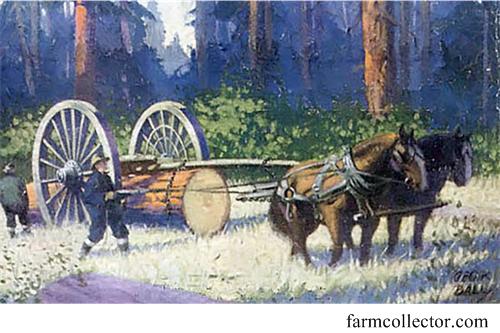 Here is another problem (slightly edited) from the Sherlock Holmes puzzle book by Dr. Watson (aka Tim Dedopulos).
Here is another problem (slightly edited) from the Sherlock Holmes puzzle book by Dr. Watson (aka Tim Dedopulos).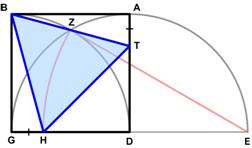 I found an interesting geometric statement in a paper of Glen Van Brummelen cited in the online MAA January 2020 issue of
I found an interesting geometric statement in a paper of Glen Van Brummelen cited in the online MAA January 2020 issue of 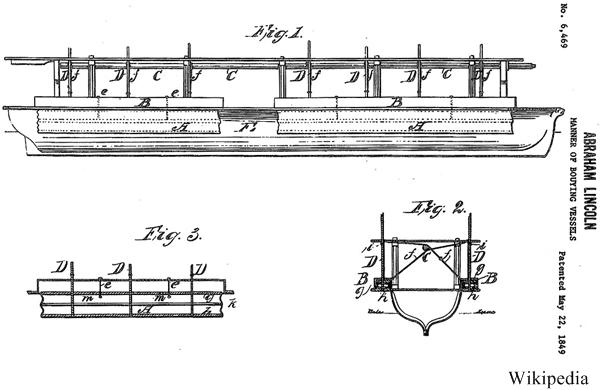 I thought there was nothing new we could learn about Abraham Lincoln, but I see I was quite mistaken after reading Sidney Blumenthal’s
I thought there was nothing new we could learn about Abraham Lincoln, but I see I was quite mistaken after reading Sidney Blumenthal’s  This is another problem from the 2020 Math Calendar.
This is another problem from the 2020 Math Calendar.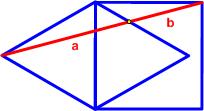 This turned out to be a challenging geometric problem from
This turned out to be a challenging geometric problem from 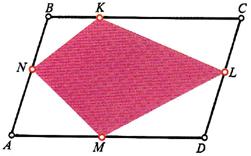 Here is another problem from the Quantum magazine, only this time from the “Challenges” section (these are expected to be a bit more difficult than the Brainteasers).
Here is another problem from the Quantum magazine, only this time from the “Challenges” section (these are expected to be a bit more difficult than the Brainteasers).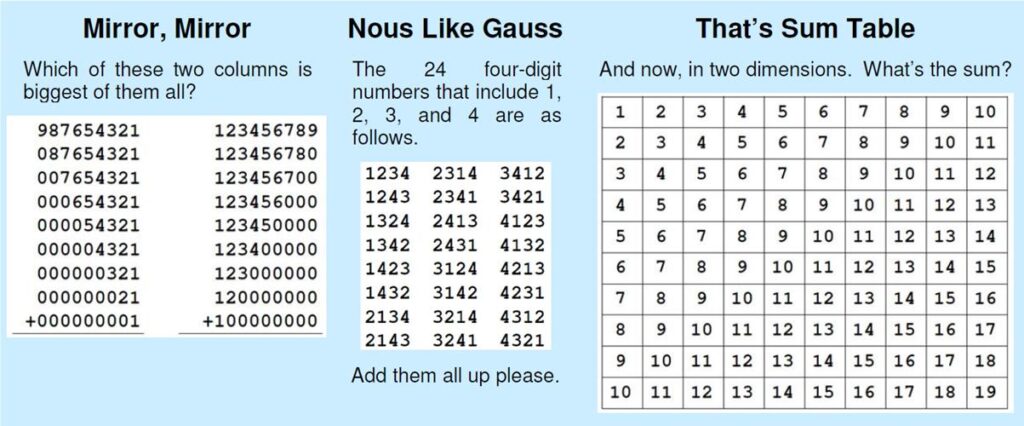
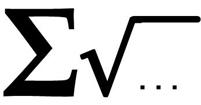 The craziness of manipulating radicals strikes again. This 2006 four-star problem from Colin Hughes at Maths Challenge is really astonishing, though it takes the right key to unlock it.
The craziness of manipulating radicals strikes again. This 2006 four-star problem from Colin Hughes at Maths Challenge is really astonishing, though it takes the right key to unlock it.